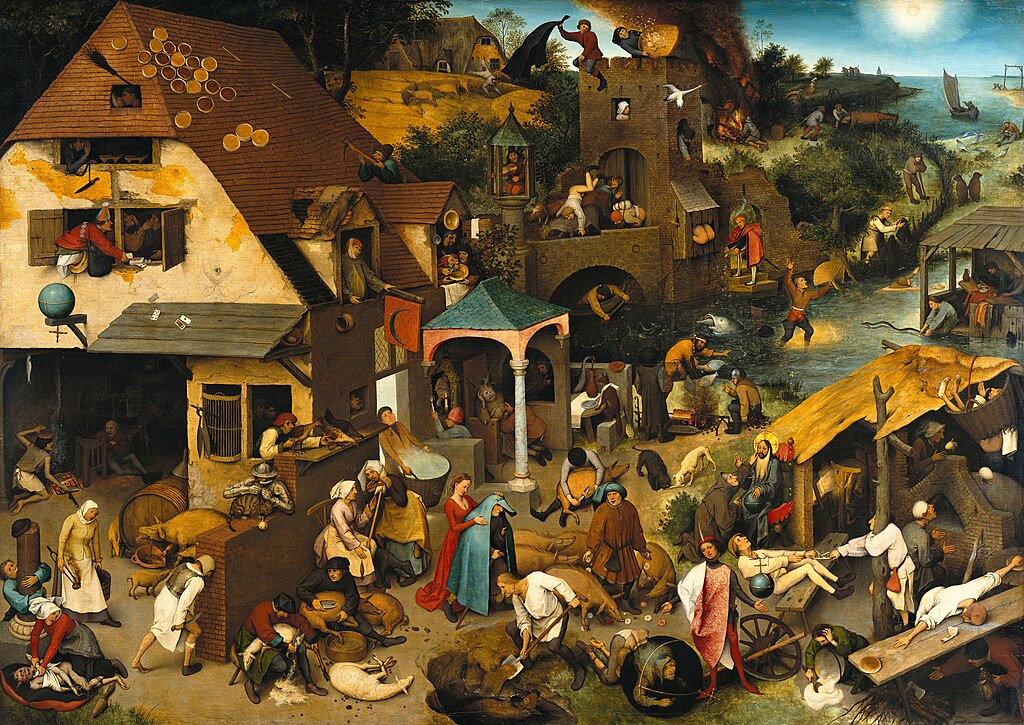Crossing the Crystalline Bridges: Part One
Blessings Beloved Light Tribe ~
Obviously it has been an intense few weeks as this next light level flows in. This series of intel addresses the mulitidimensional levels of what is unfolding for the Ascension in this now. I AM about to travel to Sedona for High-Vibe gatherings, which feels well-timed as April provides unique interaction with the crystalline bridges to the New Earth experience. Kindwhile, this series of articles may provide clarity and support.
We are experiencing major releases of plasma light pulses. Ancient codes are stepping forth for higher timelines. Unlock what you planted here for Ascension, beloveds. The Crystalline Grid is adjusting the New Earth Grids for stability; Intend flow, ease and grace.
Meditate to feel the bliss, expansion and soothe the clearing activity. Focus on the heart as the energy field stimulation is very strong, especially for embodiers of the Christed frequency. The whole-body vibrations and surges will continue to amplify. Shake it til you make it!
Your lightbody is changing right now, don’t let the mind distract from this sacred transformation. Deep Soul group activity also present; we are migrating realities as a collective.
Note the activated heart torus expansion – like a big balloon of light. Spin crystalline-diamond-Christed light through these fields, it truly supports balance and integration. Extra water and oxygenation; we are purging the uncomplimentary DNA patterns and imprints from the cells. Release, weep, smile, we got this. It is safe to change.
This initial thrust of the Equinox wave lasts through April 7. Keep the focus on Highest Primary timelines for all. Join the SUNday Unity Meditations for collective amplification, balance and healing. Full Moon unified Gatekeeping and Gridwork this Saturday, March 31 at 5:37AM PT.
Crossing the Crystalline Bridges: Part One
Geomagentic storms were strong during the initial blows of these Cosmic Winds. Solar wind (plasma influxes) are consistent; a stream of higher vibrational Source-light-encoded light. Alignments during this passage assist the ever-increasing influx of these plasma delivery systems. This phase is different, however. Energies always rise and grow stronger, that is the shift itself. This new frequency is revealing higher trajectories for many, which in turn levels up the collective Ascension.
As the planetary magnetics shift, it opens Gateways – ancient Gateways – for activation of Gaia’s crystalline core to radiate 5D activations. It also triggers awakened DNA and lightbodies to go into Ascension mode. This is why the body, mind, and emotions are so stimulated right now. This is the new light level consistently blooming, expanding us into the next creation which is already in place. New Earth Now.
This Divine Will influx is significantly altering the magnetics and grids of Gaia. Note the consistent solar wind and geomagnetic storms all throughout the Equinox influx from March 15. This is strong energy, powerful dimensional-shifting, consciousness-raising light. On the evening of March 16th I experienced six hours of watching the lightwave come nearer, activating extremely pure planetary and star toroidal fields in nearby systems. There were also vast fields of sparkling 5D-rainbow plasma flowing with this activity. More on that in the next article.
These pure phototonic deliveries are unlocking the magnetic stronghold which held old systems in place. As above, so below, Beloveds. Old game over, both externally and internally. This is why your lifestream is demanding change on a personal level. This is why you cannot create with the old energy, or why it feels uncomfortable to do so. Our higher trajectory, Primary Christed timelines, are doing what was intended; empowering the creators and active participants of this experience to raise all willing hearts into Unity consciousness.
Deconstructing the Old Architecture, the Old Storyline.
Think Universal, act local. The collective demands change on all levels. This is a reciprocal effect; the energies coming in create change, the Divine return of a pure experience of Source. Ascension is a command from Source; our entire Universe is shifting. The collective responds to the triggering light by seeking truth.
This has been going on for decades; the revelation of that which was hidden. The intensity increases; more light provides more exposure. As distortions, time-loops, uncomplimentary timelines and holographic inserts/imprints are removed, the collective consciousness catches up to the true level of light; the Divine Truth. Revelation begins to accelerate, the energies amplify, and our body-mind-spirit complex adjusts.
Part of the Gatekeeper credo is ensuring that everyone is provided with the opportunity to explore their Ascension without boundaries or control systems interfering with their path. This is what is occurring right now with Ascension. Everything is being cleared so that the collective experience of Ascension is wide open for exploration by all.
Anxieties and Insecurities
This current energy is aimed at global, palpable awakening and transparency. Insecurities, lack of confidence, emotional deep purging may get intense right now. Yes, it is part of the process and DNA/lightbody upgrades. However you may have noticed that it feels different, almost too intense in some moments. This is happening at the same time that many of us are experiencing intense bliss. Global magnetic shifts also alter your personal magnetics, however there is more going on.
As we move into unity consciousness, we can feel the collective field. Much of the insecurity, egoic clearing, and confidence challenges are a reflection of what is occurring behind the scenes. Those who believed that money and control were the most important thing, have no heart platform to stand on as the timelines shift. They feel they are losing everything by losing their material belongings, social status, financial status, or belief systems about how this was going to unfold. They are afraid of exposure and judgment. These HUmans have a deep ties energetically to nearly everyone on the planet. The core-shaking loss that they feel as the New Light takes over the plan is palpable.
We have experienced loss, reevaluation of all that we are, and the release of egoic-level attachments through our Ascension process. That same process is available to those who have chosen lower timelines. However, when it hits the powers-that-were in such a strong way, there are collective reverberations of those emotions and constructs being released. Those who are completely enamored and entangled with control-as-power, manipulation-as-power, are suffering. We must remember this is a collective release of what was created here, on overdrive.
There is much deep soul-searching as old structures collapse. However here is the point of mentioning behind the scenes in this article: Because we are all One, because the energy is doing the exact same thing to our personal lives that it is doing to the old structures, and because those systems had energetic ties to the entire collective, we feel it removing the old foundational platforms based on control, ego, and survival. This effects us on an individual case-by-case, person by person level. Clemency, forgiveness, emotional and psychological breakdowns from those transparency operations are palpable.
The energy does the same thing to our journeys as it does to larger operating systems. The questioning, the doubts, the fears, the insecurity, the lack of confidence … You see that this is all a reflection of what is happening on a mass scale. When folks at the top feel wounded and insecure, we feel it too. It teaches us empathy and compassion. In order to fully become a Christed being, we demonstrate non-judgment and forgiveness. False confidence or a false sense of power are falling away. This allows us to re-examine everything in this new light. Constructing new realities as we de-construct old ones is a mighty task for the lower Self. Have patience, follow the flow of this new light and let it change you.
Addiction to the old reality is breaking apart. Mental, physical, emotional, and spiritual distortion is surrendered so the palpable experience of a new path may be attained.
Spiritual Maturity, Spiritual Disclosure
The challenges to our spiritual maturity, our hearts, our relationships, releases the magnetics of the past. If you feel un-glued, that is exactly what is happening in your fields (and Gaia’s). Yes, the filters for our Ascension get finer and finer as we go through this process. That has been consistent. However this year, when we’re dealing with larger numbers in the awakened collective, the experience dissolves storylines and beliefs about who we were, and how we were going to walk through this.
This is a beautiful Mastery initiation to infinite possibility. We place our hearts on the feather scale. What has been learned and did we apply it properly? Is there anything that needs to shift to accommodate the higher trajectory?
We keep refining what we are in order to merge with our Higher True Self. Those of us feeling and creating this pull to the higher level, must respect and honor it. The High-Vibe Tribe reaches out multidimensionally to create highest outcomes for all.
Relationship with Source: Apply Multidimensional Awareness to Everything
Our relationship with Source is tested. Relationship issues are a reflection of the relationship with Self, which is a relationship with Source. The Divine searches for its own reflection, amplifies the Sacred mirrors and corrects distortion.
As this pure Source light returns, we deeply honor our relationship with Source. We feel and honor our relationship with creation, everything as God, as Self. Our relationship to Source is completing and aligning relationships in form because the Higher Self relationship is purifying with Source.
We are learning during this bifurcation process how realities are separated, and how they arise into something else. We remember our ancient creation, and how to create again in alignment with Source. We are reaching for the highest truth, the highest expression. Anything which limits the full expression of your highest trajectory is exposed.
Focus on multidimensional awareness and apply it to everything that is presenting in your lifestream. All situations, interactions, emotions, behaviors, words, projects, and creations. This is the emergence of our consistent presence as one unified consciousness. Everything traverses dimensions; apply this knowledge directly to what is presenting.
The new light level can be intense in some moments; both intense bliss and intense realignment with the Christed/Crystalline/Unity timelines. Our vibrancy is tested. Authenticity is tested. Spiritual maturity is tested. Oversoul groups are raising as many as possible into the higher experience with ease and grace. The brighter we glow, the easier it is for others to see the light.
Primary Christed timelines are very high vibrational creations, and by quantum effect they raise our experiences into zero point. Remember they are a part of bridging the worlds; we use them to Ascend to 5D. As always,the vibrational pass-key is the Christed/Crystalline HUman Heart.
In Love, Light and Service,Sandra
———–
———–
Your support for this work is welcome, thank you for a gratitude donation today.



